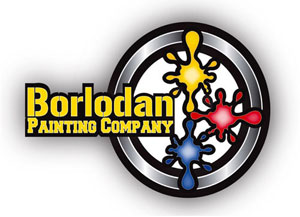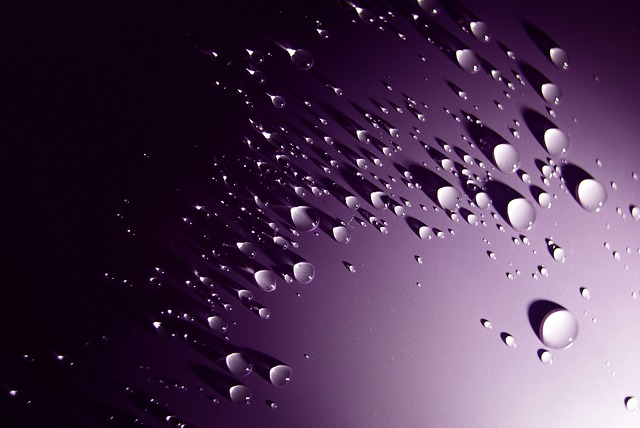All paint, by the nature of covering a surface, can be considered weatherproof because it protects that surface from the sun, wind and rain. Some types of paint are better at providing protection and weatherproofing. “The secret is to know the characteristics of the different kinds of paint that provides the best weatherproofing,” said George Borlodan, the Atascadero painter from Borlodan Painting.
Things to consider before making a final decision about the best paint for a job include:
- Local weather patterns
- The material to be painted
Local weather patterns
Weather can cause paint to crack, flake and peel. Weather can also cause some kinds of surfaces, especially wood, to contract and expand and even crack. Anything that happens to the painted surface affects the paint.
Paint has a couple of purposes. One is to provide beauty and color. The second is to seal and protect the material it covers. If the paint doesn’t sufficiently seal and protect the surface the material it covers is more vulnerable to weather.
Choose a paint that provides maximum protection for the local weather.
The material to be painted
Porous material, such as masonry, may require a different kind of paint than metal or wood. These days, all materials: wood, masonry, metal, plastics, even fabric, have specially formulated paint that adheres well without peeling or flaking off, doesn’t fade, and primes and seals as well. But this doesn’t mean priming and sealing are not necessary steps in some cases. The best solution is to rely on the advice of a professional painter, such as Atascadero’s Borlodan Painting, and the team with the most experience dealing with how various materials react to weather and paint.
The paint
- Masonry Paint, used for concrete, cement, bricks, stones and other porous materials, is made from ceramic and latex. Primarily for exterior use in can also be used on concrete floors. It is easily cleaned with soap and water and creates a strong coating that stands up to sunshine and rough weather.
- Epoxy paint, while best for floors, especially industrial floors, can be used on driveways and other outdoor surfaces like walkways. The epoxy-based resin makes it especially resistant to weather. It takes a few days to dry and be ready for traffic.
- Exterior paint is durable and can be used on wood, cement, aluminum, stucco, plaster and other exterior surfaces. Exterior paint can be either acrylic or latex based and it’s important to read the label because there is a difference between exterior and interior paint. The main differences between exterior and interior paints are that the resins for exterior paints are softer to provide some flexibility for temperature changes and moisture and to help fight against fading and mildew.
Rely on the expert
The climate on California’s Central Coast can be brutal on exteriors. Ranging from damper coastal climates to the arid interior, paint that might stand up in other parts of California for fifteen to twenty years, may not be so lucky on the Central Coast. However, knowing which paint will stand up to the unique and varied climates of the area is one of the secrets to successful and long-lasting painting projects.
The Atascadero painters from Borlodan Painting have the range of experience from residential, commercial and heritage projects that stands behind their work. The “Borlodan Touch” has been the choice for the famous Hearst Castle, and numerous residential and commercial projects because founder George Borlodan and his team know that even within San Luis Obispo County, the location of every project exerts its own unique demands.
Every job is approached with care, professionalism and a refusal to cut corners. From proper surface preparation to choosing paint brands that can stand up to outdoor weather, or the wear-and-tear of indoor life the team favor products that strike a balance between durability and environmental safety, reducing your chances of headache or respiratory ailments while the paint dries (a surprisingly common issue).
Call today for your consultation.

